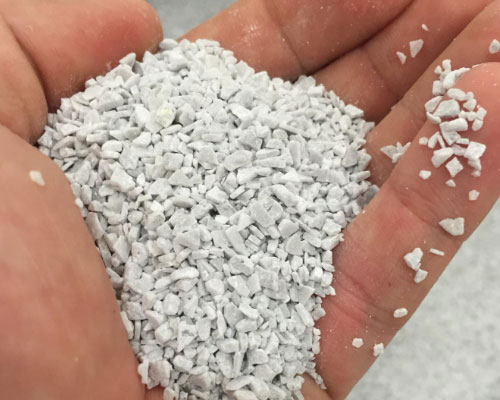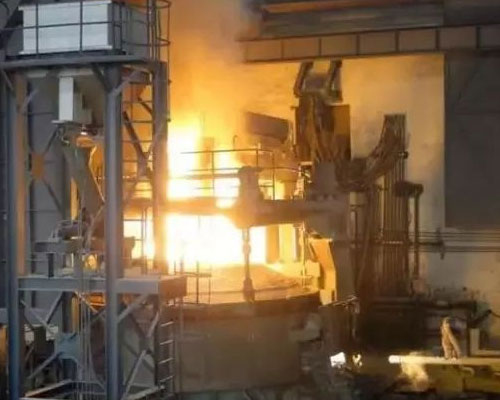The relationship between aluminum and hydrogen in Aluminum Alloy Melting Process
Aluminum alloy has a tendency to absorb gas when it is in a liquid state. The absorbed gas mainly comes from two aspects. On the one hand, it is the gas contained in the congenital aluminum material. On the other hand, it is acquired and used different melting methods. The absorbed furnace gas, the moisture and grease adhering to the furnace charge from the humid air of the surrounding environment, the undried deaerator, and the moisture absorbed in the smelting. Experimental research shows that hydrogen is the most contained gas in aluminum alloy absorption, so hydrogen is the main object of degassing.
The amount of hydrogen dissolved in the aluminum alloy increases with the heating temperature of the molten aluminum. It starts to absorb hydrogen from about 600°C and gradually increases to 750°C. It should exceed 750°C to avoid absorbing large amounts of hydrogen. Hydrogen dissolves in mucus and forms a “liquid phase” with aluminum. Hydrogen escapes without dissolving in aluminum during solidification. However, because the surface of the casting solidifies first, hydrogen cannot escape, so it stays in the casting and forms pores.
Degassing Agent
The purpose of the degassing agent is to remove the hydrogen absorbed in the aluminum alloy solution, prevent the formation of pores inside the casting, and make the crystal thinner. The degassing agent can be divided into two types: solid degassing agent and gas degassing agent. Solid degassing agents include ZnCl2, MnCl2, AlCl3, etc., and gas degassing agents include chlorine and nitrogen.

Aluminum Alloy Oxidation
Aluminum oxide is formed when aluminum is oxidized. It will strongly absorb hydrogen into the aluminum liquid. At the same time, aluminum and its alloy solution will be contaminated by aluminum oxide and its performance will be severely deteriorated. Alumina is not soluble in molten aluminum, but it will reduce the fluidity of the alloy, causing castings to form pores, cracks and scars, thereby reducing the mechanical properties and processing properties of the castings.
In order to obtain the necessary conditions for a relatively pure aluminum alloy, the first is to use dry and dirt-free charge. Moisture and corrosion products on the metal surface are the primary cause of contamination of the alloy due to oxidation. During smelting, the oxidation of aluminum alloy occurs due to the interaction with the atmosphere in the furnace. The higher the temperature of the alloy liquid, the more intense the degree of oxidation. Therefore, good melting conditions are an important part of preventing aluminum alloy oxidation when the alloy liquid is not overheated.

